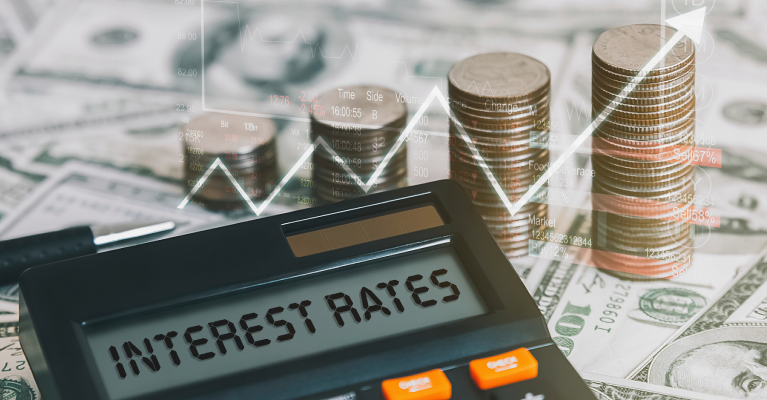Today, the term ESG (Environmental, Social, and Governance) has become a catch-all for different types of investing, and it has become a lightning rod for criticism. Proponents say it is a way to drive environmental and social initiatives forward. Detractors argue that ESG investing is a breach of fiduciary duty to pursue the highest returns possible. What is needed for this discussion more than ever is a baseline for demystifying ESG.
The United Nations Global Compact coined the acronym “ESG” in 2004.[1]
When we talk about ESG, we are discussing a risk management framework for an investment’s environmental, social, and governance risks. Environmental risks are factors like climate change, pollution, water scarcity, and carbon emissions. Social risk factors include human rights, labor standards, data protection, and customer satisfaction. And as it relates to governance risks a company’s board composition, standards on bribery and corruption, or political contributions are assessed.
ESG investing is an enhancement to the risk mitigation aspect of company analysis. It is not the same as impact investing, which is a purposeful investment to achieve outcomes with social or environmental benefits.
The proliferation of ESG-branded financial products has raised concerns that the meaning has been misconstrued. There is good reason for the concern – across different funds and ETFs, ESG can take on a wide range of meanings. Some ESG funds focus only on exclusionary screening, or simply excluding industries or sectors based on their ESG risks. Other funds use ESG to signify the integration of ESG risk analysis in the process of choosing investments. Still, others have a narrow focus on one specific risk factor and are targeting investments in alignment with that factor. Finally, there are the bad actors – funds who are overstating their ESG credentials to attract investment, while failing to follow through on mitigating ESG risks in their portfolios. This is called greenwashing, and it has become a focal point in the industry for enforcement by regulators.[2]
If you are interested in focusing on ESG investing, start with a baseline understanding of these different types of products and the landscape of the ESG world. It may also be helpful to identify the risks most important to you as the investor, and the level of conviction held around those risks. For example, you may be highly concerned about data protection and seek out a mutual fund that is weighing that risk factor by excluding companies that have a history of data breaches and including cyber-security companies that can capitalize on the need for stronger data management. Ultimately, work with a trusted advisor who can help build a plan around your ESG appetite. Incorporating your preferences into a broader investment portfolio is the best way to harmonize where your values meet your finances.

Helping you boost your financial intelligence.
Read our financial resources from your friends at WSFS.




